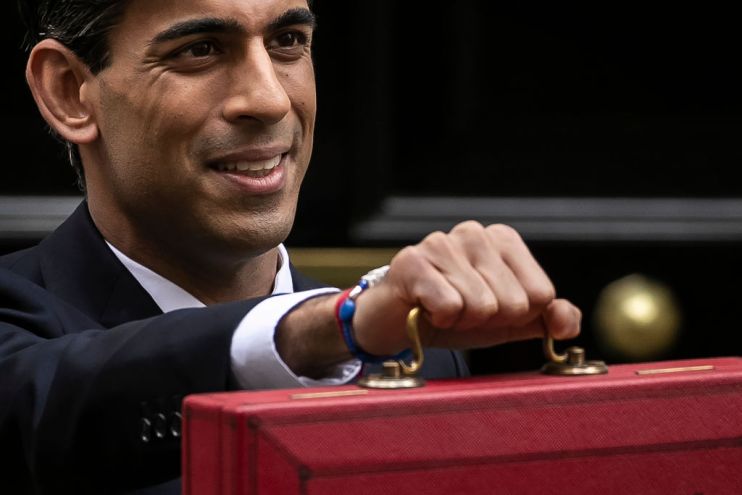Helicopter money: large-scale cash handouts are no panacea for economies

As the Indian variant threatens a third wave of coronavirus and government deficits reach new heights, the notion of so-called helicopter money has been touted as a panacea for Central Banks. Economists on payroll are falling over themselves to claim it is the ultimate weapon to boost economist growth and avoid deflation. Trouble is, it might not work.
Helicopter money is, in the simplest terms, a large-scale cash handout. Governments issue bonds, bought by the central banks, which fund state-issued cheques deposited to individuals.
The term was coined by Milton Friedman to illustrate the implications of changes in a nation’s monetary base, through a parable of dropping money from a helicopter. It was a theoretical exercise, rather than a serious policy plan.
Quantitative easing programmes have been deployed by central banks at an industrial scale, an expansion on already bloated balance sheets. But QE has been slandered for exacerbating inequality. Government budget constraints have been abandoned, so the idea of helicopter money has ridden in on a tide of popularity.
Helicopter money, however, is not the natural next stop from these policies. When it comes to classic QE, central banks buy bonds and exchange them for cash in the form of credits to the reserve accounts. This is not money printing, it’s merely maturity transformation. Helicopter money, on the other hand, is when the bonds acquired during these large-scale asset purchase programmes are “written off”. Central banks take the financial hit.
This would be financially detrimental and it would immediately impact the institution’s credibility. It’s also irreversible. Unlike QE, which can be unwound by selling those bonds back to the market or by letting them mature.
Even if helicopter money, considered the final frontier of monetary policy, is implemented as a “weapon of last resort” by central banks it could have a knock on effect for the other necessary pillars governing healthy economies. Inflation could rise too quickly and the currency could plummet in value.
In Friedman’s theoretical concept of a large-scale cash hand-out, the idea is simple: with extra money to spend, or fewer taxes to be paid, households could consume more. This could boost business activity and employment. An expectation of higher inflation could even drive consumers to buy now, not later.
But there is a fundamental psychological flaw in the driving principles behind helicopter money. There is no control over how consumers spend the money handed out to them and in light of ongoing economic uncertainty, people are more likely to save the cash rather than spend it or pay down their debts.
An alternative to this is voucher-style handouts, with short term expiry dates solely redeemable at retail or leisure outlets and issued only to a certain income bracket. These could target consumption without allowing savings accounts to pile up.
Helicopter money strategies are likely to fall victim to that age-old adage: too good to be true. It calls into question the entire basis upon which financial markets function. Fiscal aid must be well-targeted and central bankers must have the autonomy to know when to take the punch bowl away.